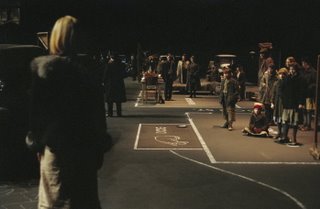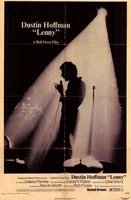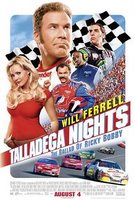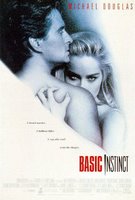Dogville (2003)
 Dogville’s theatrical, minimalist approach (reminiscent of the stage directions typically employed for performances of Thornton Wilder’s Our Town) is appropriate: a stage bare but for minor decorations and chalk outlines of the buildings, streets and other objects which the actors pantomime interaction with reflects the thematic overtones of exposing the corruption and bigotry that lurk behind closed doors and everyday surfaces. The audience and, more knowingly, the film’s all-seeing narrator (a wonderfully employed John Hurt), see through this everyday façade, and presenting it as a literal reality to which its occupants are seemingly blind to makes its frontal approach all the more poignant. Post-9/11 America continued to profess tolerance and acceptance of minorities and outsides, but the truth was more aggressive and unforgiving (and, much like the film, became more stated and frank as time progressed). Fear was exploited, both knowingly and inadvertently, to create hatred, and while Dogville quite obviously alludes to American culture in a number of ways, to classify it as nothing more than an anti-American tirade is, to quote directly from the film, “condescending.” In the end, the film paints its barbarous implications on all parties with equal viciousness.
Dogville’s theatrical, minimalist approach (reminiscent of the stage directions typically employed for performances of Thornton Wilder’s Our Town) is appropriate: a stage bare but for minor decorations and chalk outlines of the buildings, streets and other objects which the actors pantomime interaction with reflects the thematic overtones of exposing the corruption and bigotry that lurk behind closed doors and everyday surfaces. The audience and, more knowingly, the film’s all-seeing narrator (a wonderfully employed John Hurt), see through this everyday façade, and presenting it as a literal reality to which its occupants are seemingly blind to makes its frontal approach all the more poignant. Post-9/11 America continued to profess tolerance and acceptance of minorities and outsides, but the truth was more aggressive and unforgiving (and, much like the film, became more stated and frank as time progressed). Fear was exploited, both knowingly and inadvertently, to create hatred, and while Dogville quite obviously alludes to American culture in a number of ways, to classify it as nothing more than an anti-American tirade is, to quote directly from the film, “condescending.” In the end, the film paints its barbarous implications on all parties with equal viciousness.On the run from gangsters but never completely open about why they were in pursuit of her in the first place, Grace (Nicole Kidman) stumbles upon the lowly town of Dogville, a decrepit community of scarcely two dozen nestled in the Rocky Mountains. Urged by the liberal minded writer-to-be Tom (Paul Bettany), Grace ultimately wins over the town despite their reservations and fears, offering her labor and heart as compensation for their protection. (progressively larger spoilers herein) The film (divided into nine acts, also alluding to its theatrical debts) begins to exhibit its undoubtedly allegorical nature when progressing circumstances see the town withdrawing from their initial support of Grace, who quite rapidly becomes demonized and, quite literally, enslaved by a town that doesn’t like its downfalls being pointed out so effortlessly. Grace stands in for the elite powers that think it just to forgive sinners by means of the former half of the nature vs. nurture argument, although her own patience and graciousness erodes when she realizes that she could never excuse herself had she committed the acts she herself had been forced to endure. Hatred and destruction are answered with hatred and destruction; Dogville condemns not just the shortsightedness of one nation under God gone awry, but all who cave in to violence, intolerance, and prurient interests in the face of hardships. The film is its own illustration, an extreme example framed as such to point out our frailties. If the end credits suggest anything, it is that even after the most heinous of actions, sympathy and redemption are still very much a possibility.


















